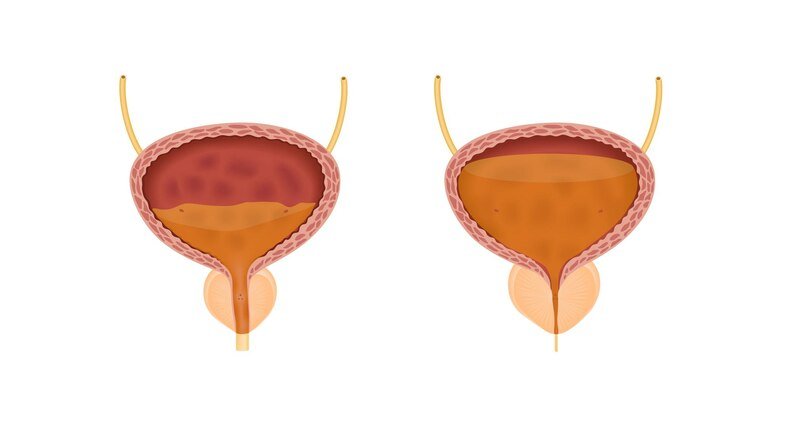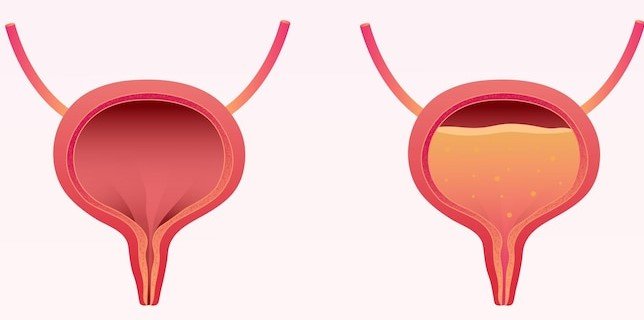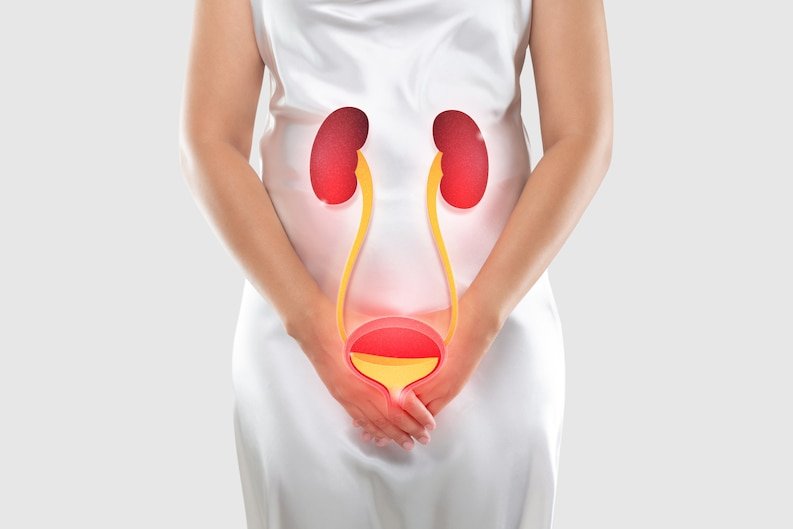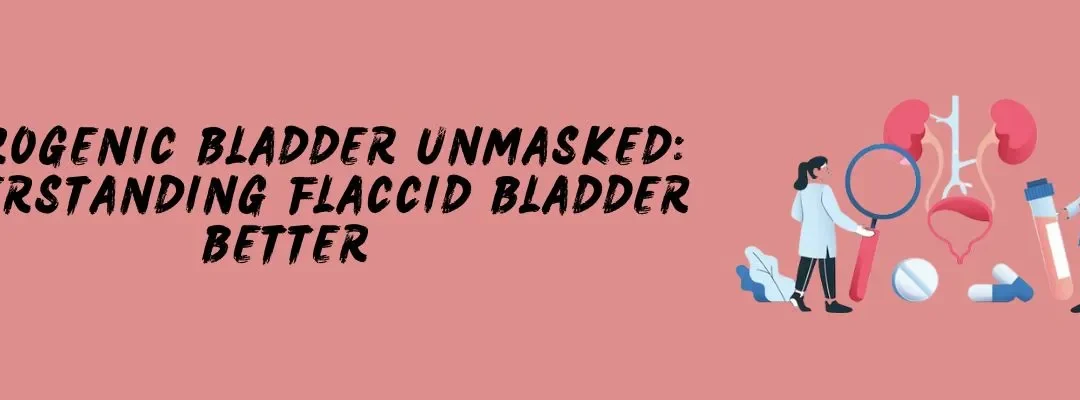Neurogenic bladder is a condition that disrupts the normal functioning of the urinary bladder due to neurological damage or dysfunction. It can be challenging and distressing for individuals who experience it, affecting their urinary control and quality of life.
Within the realm of neurogenic bladder, two distinct types often arise spastic bladder and flaccid bladder.
Understanding the differences between these two variations is crucial in determining the appropriate treatment and management strategies for affected individuals.

Dr. Leena Jain, a reputed plastic surgeon in Bandra, Mumbai, is an expert in treating and managing neurogenic bladder conditions. She collaborates with other medical specialists to develop comprehensive treatment plans tailored to each patient’s needs and help restore bladder control and quality of life.
Renowned for her expertise in reconstructive procedures and plastic surgery in Mumbai, Dr. Leena Jain has helped many patients overcome the challenges associated with this condition.
In this blog, we delve into the intricacies of flaccid bladder, shedding light on their causes, symptoms, and treatment options.
Let’s understand,

What is Flaccid Neurogenic Bladder?
It is a type of neurogenic bladder characterized by weak or flaccid bladder muscles and a lack of coordination in the bladder’s contraction and relaxation. It occurs due to damage or dysfunction of the nerves that control bladder sensation and contraction.
Causes of Flaccid Neurogenic Bladder
Flaccid neurogenic bladder condition is primarily caused by damage to the peripheral nerves that control bladder function.
Some common causes of flaccid neurogenic bladder include:
- Spinal cord injuries (lower motor neuron lesions)
- Nerve damage due to diabetes
- Peripheral neuropathy
- Guillain-Barré syndrome
These conditions can disrupt the normal nerve signals to the bladder muscles, resulting in decreased muscle tone.
Let’s see,

Symptoms of Flaccid Neurogenic Bladder
The symptoms of a flaccid neurogenic bladder may include:
- Urinary retention (inability to empty the bladder fully).
- Weak urine stream.
- Dribbling of urine.
- Urinary incontinence.
- An increased risk of urinary tract infections.
Surgical Treatment Options for Flaccid Neurogenic Bladder
Surgical options for flaccid bladder treatment aim to improve bladder emptying and reduce the risk of complications. Some common surgical options include:
- Clean intermittent catheterization: This procedure involves the insertion of a catheter into the bladder several times a day to empty the urine completely.
- Functioning Muscle Transfer or Detrusor Myoplasty: It is a surgical procedure that helps improve bladder function by assisting in bladder contraction.
During this reconstructive procedure, the surgeon transfers a functioning muscle from another body part, such as the chest wall or abdominal wall along with its blood supply and nerve supply, to the bladder to enhance its contractile ability. This muscle taken from elsewhere is completely disconnected and attached to bladder by wrapping it around the bladder. Its nerve is connected with one of the functioning nerves of abdominal wall. Blood supply is reestablished by connecting it to blood vessels in the vicinity.
Once the nerve and blood supply are reestablished, this transferred muscle will soon become functional, i.e., will start contracting. As and when this muscle contracts, it will squeeze the bladder wrapped by it and this will help in emptying of the urine. The surgeon then connects the transferred muscle to the bladder to improve bladder emptying and control.
The expected results of functioning muscle transfer include:
- Improved bladder emptying.
- Reduced risk of urinary tract infections.
- Better control over urine flow.
However, the success of the surgery depends on various factors, including the underlying cause of the neurogenic bladder, the patient’s overall health, and their ability to follow post-operative care instructions.

Recovery and Post-operative Care
After surgical treatment for neurogenic bladder, following proper postoperative care to ensure optimal recovery and prevent complications is crucial.
Here are some tips for maintaining overall bladder health and preventing complications:
- Take prescribed medications regularly and as directed.
- Maintain good hygiene to reduce the risk of urinary tract infections.
- Drink adequate fluids to prevent dehydration and promote bladder function.
- Avoid bladder irritants such as caffeine, alcohol, and spicy foods.
- Perform pelvic floor exercises (Kegel exercises) to strengthen the pelvic floor muscles and improve bladder control.
- Regularly monitor and report any changes in bladder function or symptoms to your healthcare provider.
Takeaway
Understanding the differences between spastic and flaccid neurogenic bladder is crucial for effective diagnosis and treatment.
Dr. Leena Jain, a highly qualified and skilled plastic surgeon in Bandra, Mumbai, specializes in managing neurogenic bladder conditions and can provide appropriate surgical options tailored to individual patients.
By decoding spastic vs. flaccid bladder conditions and exploring surgical treatment options, individuals with a neurogenic bladder can find relief and regain control over their bladder function.

